Home>Garden Essentials>How Long Does It Take For Native Grasses To Germinate
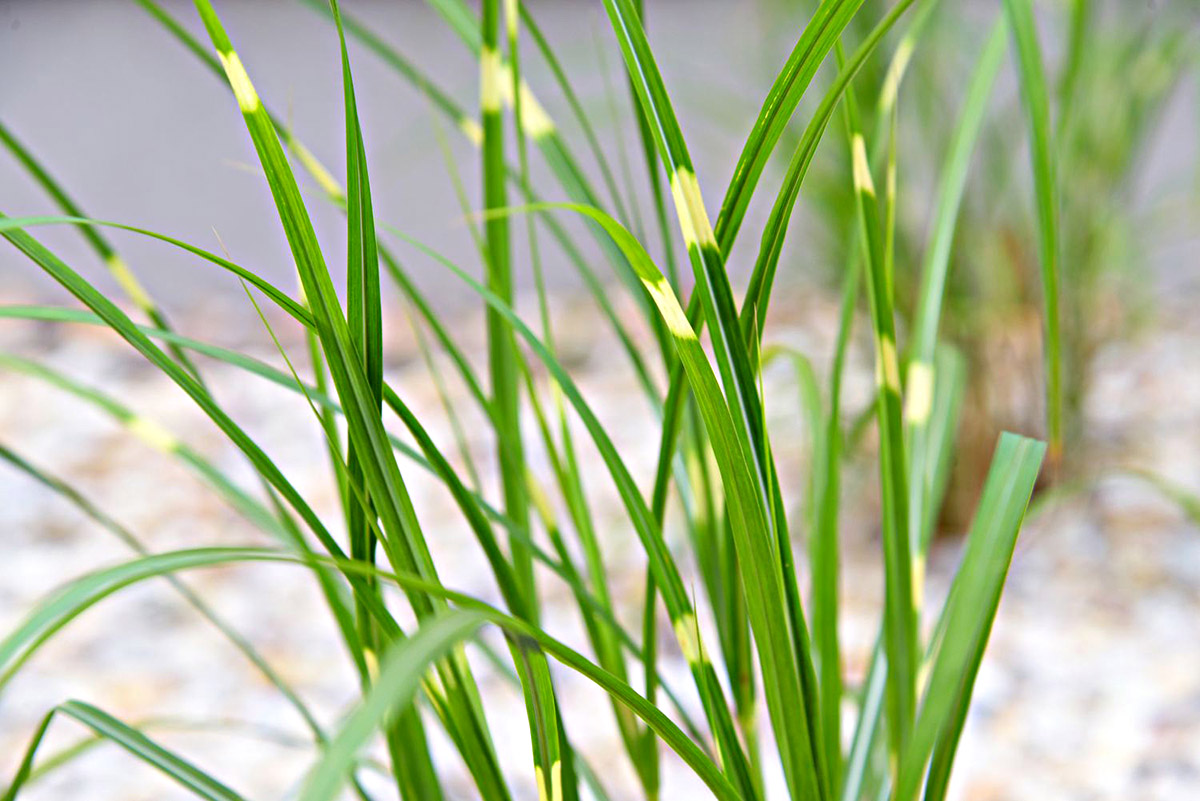

Garden Essentials
How Long Does It Take For Native Grasses To Germinate
Modified: April 23, 2024
Learn how long it takes for native grasses to germinate in your garden and start growing into lush, beautiful plants. Find out the best techniques for successful germination.
(Many of the links in this article redirect to a specific reviewed product. Your purchase of these products through affiliate links helps to generate commission for Storables.com, at no extra cost. Learn more)
Introduction
Welcome to the fascinating world of native grasses! Whether you’re a gardening enthusiast, a landscaper, or simply someone who appreciates the beauty of nature, understanding the process of germination in native grasses is key to successfully growing and establishing a vibrant and sustainable garden.
Native grasses, also known as indigenous or wild grasses, are plants that are naturally found in a specific region or ecosystem. They play a crucial role in supporting biodiversity, conserving soil, and providing habitat for wildlife. Unlike non-native grasses, which often require extensive maintenance and consume significant amounts of water, native grasses are well-adapted to their local environment, making them an ideal choice for eco-friendly gardens.
To fully appreciate the journey of native grasses, let’s explore the factors that influence their germination, the time it takes for different species to sprout, the optimal conditions for germination, seed treatments that can enhance the process, and common challenges gardeners face when trying to achieve successful germination.
So, let’s get started and discover the wonders of native grasses and the incredible process of germination!
Key Takeaways:
- Native grasses require specific conditions for germination, including temperature, moisture, light, soil type, and seed depth. Understanding and providing these conditions is crucial for successful growth.
- Patience, care, and attention to detail are essential when germinating native grasses. Seed treatments like scarification and stratification can enhance germination, while addressing challenges such as poor seed quality and competing weeds is important for success.
Factors Affecting Germination of Native Grasses
The germination of native grasses is influenced by a variety of factors. Understanding these factors is crucial in ensuring successful germination and establishing healthy grasses in your garden. Let’s explore some of the key factors:
- Temperature: Temperature plays a significant role in the germination process. Different species of native grasses have different temperature preferences for germination. Some grasses thrive in cooler temperatures, while others prefer warmer conditions. Generally, a temperature range of 60-75 degrees Fahrenheit is ideal for many native grass species.
- Moisture: Adequate moisture is essential for germination. Native grass seeds require a certain level of moisture to break their dormancy and begin the germination process. However, it’s important to strike a balance, as excessive moisture can lead to fungal diseases. Watering the seeds regularly with gentle misting or light watering can help maintain the necessary moisture level.
- Light: Light plays a variable role in the germination of native grasses. Some species require light for germination, while others prefer darkness. It’s important to understand the light requirements of the specific grass species you are working with and provide appropriate conditions accordingly.
- Soil Type: The type and quality of the soil play a crucial role in germination. Native grasses prefer well-drained soil with a good balance of organic matter. Sandy or loamy soils are often the preferred choices for many native grass species, as they provide good aeration and drainage. Proper soil preparation, including removing weeds and improving soil structure, can greatly enhance germination success.
- Seed Depth: The depth at which the seeds are sown can impact germination. Each native grass species has its own preferred seed depth. As a general rule, smaller seeds should be planted shallower, while larger seeds may require deeper planting. It’s important to follow the recommended seed depth to ensure optimal germination.
By understanding and catering to these factors, you can provide the best possible conditions for germination, setting the stage for healthy and robust native grass growth in your garden.
Germination Time for Different Species of Native Grasses
The germination time for native grasses varies depending on the species. Some grasses may sprout relatively quickly, while others may require more patience. Let’s explore the germination time for different species of native grasses:
- Blue Grama Grass (Bouteloua gracilis): Blue Grama Grass is a warm-season grass that is native to the Great Plains region. It typically takes around 10-14 days for the seeds to germinate under optimal conditions.
- Big Bluestem (Andropogon gerardii): Big Bluestem is a tall, warm-season grass that is native to North America. The germination time for Big Bluestem seeds can range from 10 days to several weeks.
- Switchgrass (Panicum virgatum): Switchgrass is a versatile warm-season grass that is native to North America. Germination time for Switchgrass seeds can vary from 10 days to a few weeks.
- Indian Grass (Sorghastrum nutans): Indian Grass is a tall, warm-season grass with beautiful golden seed heads. Germination time for Indian Grass seeds can range from 7-14 days.
- Little Bluestem (Schizachyrium scoparium): Little Bluestem is a low-maintenance warm-season grass that is native to North America. It typically takes 7-14 days for Little Bluestem seeds to germinate.
It’s important to note that these germination times are approximate and can vary depending on environmental factors and seed quality. Additionally, some native grasses may have a staggered germination pattern, meaning that not all seeds will sprout at the same time.
Patience is key when it comes to germinating native grasses. It’s important to provide the optimal growing conditions, be consistent with moisture and watering, and give the seeds the time they need to develop and establish strong root systems.
Remember, native grasses are often slow-growing compared to other garden plants, but their resilience and beauty make them well worth the wait!
Optimal Conditions for Germination
In order to achieve successful germination of native grasses, it’s important to provide the optimal growing conditions. Here are some key factors to consider:
- Temperature: Most native grass species prefer warm temperatures for germination. A temperature range of 60-75 degrees Fahrenheit is generally ideal. You can use a seedling heat mat to provide consistent warmth if needed.
- Moisture: Adequate moisture is crucial for germination. The soil should be consistently moist, but not waterlogged. It’s important to water the seeds gently and regularly to maintain the necessary moisture levels. Misting or using a fine spray nozzle on a watering can can help prevent disturbing the seeds.
- Light: Light requirements vary among different native grass species. Some seeds require light to germinate, while others prefer darkness. Read the instructions provided with the seeds or do some research to determine the light preferences for the specific grass species you are working with.
- Soil Type: Native grasses thrive in well-drained soil with good structure. Ideally, the soil should be sandy or loamy, as these types provide good aeration and drainage. If your soil is heavy or compacted, you can amend it with organic matter, such as compost, to improve its structure.
- Seed Depth: Sowing the seeds at the correct depth is essential for germination. Each native grass species has its own recommended seed depth. As a general guideline, small seeds should be sown shallowly, while larger seeds may require a slightly deeper planting depth. Read the instructions provided with the seeds or consult a gardening guide for specific seed depth recommendations.
It’s important to note that while these conditions are considered optimal, every garden and situation is unique. Pay attention to the specific requirements of the native grass species you are working with, as they may have additional considerations for successful germination.
Ensuring the optimal conditions for germination will give your native grass seeds the best chance to sprout and grow into healthy, thriving plants. With a little patience, care, and attention to detail, you’ll be rewarded with a beautiful and sustainable garden filled with the wonders of native grasses.
Native grasses can take anywhere from 7-21 days to germinate, depending on the species and environmental conditions. Providing consistent moisture and warmth can help speed up the germination process.
Seed Treatments to Enhance Germination
Seed treatments can be utilized to enhance germination and improve the overall success rate when growing native grasses. These treatments can help break seed dormancy, protect against pests and diseases, and provide an optimal environment for germination. Here are some common seed treatments to consider:
- Scarification: Some native grass seeds have hard seed coats that can inhibit germination. Scarification involves physically breaking or weakening the seed coat to allow for better water absorption and germination. This can be done by rubbing the seeds between two pieces of sandpaper or using a small file to gently nick the seed coat.
- Stratification: Many native grasses have specific temperature requirements for germination. Stratification is a process that exposes seeds to a period of cold temperatures to mimic the natural winter dormancy period. This treatment can be achieved by placing the seeds in a moistened paper towel or vermiculite and refrigerating them for a specific duration. This helps to synchronize germination and promote uniform growth.
- Priming: Priming involves pre-soaking seeds in a solution to promote faster and more uniform germination. This treatment helps to hydrate the seeds and activate important enzymes that initiate the germination process. Priming solutions can include water, diluted seaweed extract, or a commercial seed primer. Follow the specific instructions for the duration and concentration of the solution.
- Fungicide Treatment: Seeds can be vulnerable to fungal infections during germination, which can hinder their growth. Treating seeds with a fungicide can help protect against fungal diseases. It’s important to choose a fungicide that is safe for use on native grasses and follow the instructions for application carefully.
- Bio-stimulants: Bio-stimulants are natural substances that stimulate plant growth and enhance germination. They can include beneficial bacteria, mycorrhizal fungi, and plant growth-promoting hormones. Applying bio-stimulants to native grass seeds can help establish a healthy root system and improve overall plant vigor.
It’s important to note that not all native grass species require seed treatments. Some seeds may have natural dormancy-breaking processes, while others may not benefit significantly from these treatments. Consulting with native grass experts, gardening guides, or seed suppliers can provide valuable insights into the specific treatments that are beneficial for the grass species you are working with.
By utilizing appropriate seed treatments, you can enhance germination rates, increase seedling vigor, and establish strong and healthy native grasses in your garden.
Challenges and Common Problems in Germination
While germinating native grasses can be a rewarding process, it also comes with its fair share of challenges and common problems. Understanding these challenges and knowing how to address them can greatly improve your chances of successful germination. Let’s explore some of the common issues gardeners may encounter:
- Poor Seed Quality: Low-quality or old seeds may have reduced viability, resulting in poor germination rates. It’s essential to source high-quality native grass seeds from reputable suppliers to maximize your chances of success.
- Seed Dormancy: Some native grasses have physiological mechanisms that prevent immediate germination. Seed dormancy can be overcome through scarification, stratification, or other seed treatments, as mentioned earlier.
- Competing Weeds: In gardens or landscapes with existing weed populations, competing weeds can overtake and hinder the germination of native grass seeds. Prior to sowing the seeds, it’s important to prepare the soil by removing weeds and ensuring a clean planting area.
- Poor Soil Conditions: Native grasses prefer well-drained soil with a good balance of organic matter. If the soil is heavy, compacted, or lacking in nutrients, it can impede germination and growth. Before planting, amend the soil with compost or other organic matter to improve its structure and fertility.
- Improper Watering: Overwatering or underwatering can negatively impact germination rates. It’s crucial to provide consistent moisture throughout the germination process. Water the seeds gently to avoid displacing them or creating waterlogged conditions.
- Seed Predation: Birds, small animals, and insects can be attracted to native grass seeds, leading to reduced seed availability and germination. Protect the seeds by covering the planting area with netting or employing other strategies to deter seed predators as needed.
- Disease and Pest Infestation: Native grasses can be susceptible to certain diseases and pests, which can hinder germination and growth. Practicing good garden hygiene, such as removing dead plant materials and regularly inspecting for signs of disease or pests, can help mitigate these risks.
It’s important to note that patience and perseverance are often key in overcoming these challenges. Native grasses may have different germination rates and may require more time compared to traditional garden plants. Monitor the progress of the seeds, take appropriate measures to address any issues that arise, and adapt your gardening techniques as needed.
By understanding and proactively addressing these common challenges, you’ll be well on your way to successfully germinating native grasses and creating a beautiful and sustainable garden.
Conclusion
Growing native grasses from seed is a rewarding endeavor that not only adds beauty to your garden but also benefits the environment. Understanding the factors that affect germination, the optimal conditions for growth, and common challenges will set you on the path to success.
By providing the right temperature, moisture, light, soil type, and seed depth, you can create an environment that encourages germination and supports the growth of healthy native grasses. Additionally, incorporating seed treatments like scarification, stratification, and bio-stimulants can further enhance the germination process and increase the chances of success.
However, it’s important to be patient and prepared for possible challenges. Poor seed quality, seed dormancy, competing weeds, poor soil conditions, improper watering, seed predation, as well as disease and pest infestation, are common obstacles that may arise during germination. By taking proactive measures and addressing these challenges, you can overcome them and establish thriving native grasses in your garden.
Remember, the process of germinating native grasses may take time and require some experimentation. Each grass species has its own unique characteristics and requirements. It’s essential to research and understand the specific needs of the grass species you’re working with to achieve the best possible results.
By incorporating native grasses into your garden, you not only create a visually appealing landscape but also support biodiversity and contribute to the conservation of local ecosystems. Native grasses provide habitat for wildlife, conserve soil, reduce water consumption, and add a touch of natural beauty to any space.
So, embark on your journey to germinate native grasses, embrace the challenges along the way, and enjoy the satisfying experience of watching these resilient plants grow and flourish in your garden. With proper care, patience, and a little bit of luck, your efforts will be rewarded with a sustainable and vibrant native grass garden that will bring joy for years to come.
Frequently Asked Questions about How Long Does It Take For Native Grasses To Germinate
Was this page helpful?
At Storables.com, we guarantee accurate and reliable information. Our content, validated by Expert Board Contributors, is crafted following stringent Editorial Policies. We're committed to providing you with well-researched, expert-backed insights for all your informational needs.
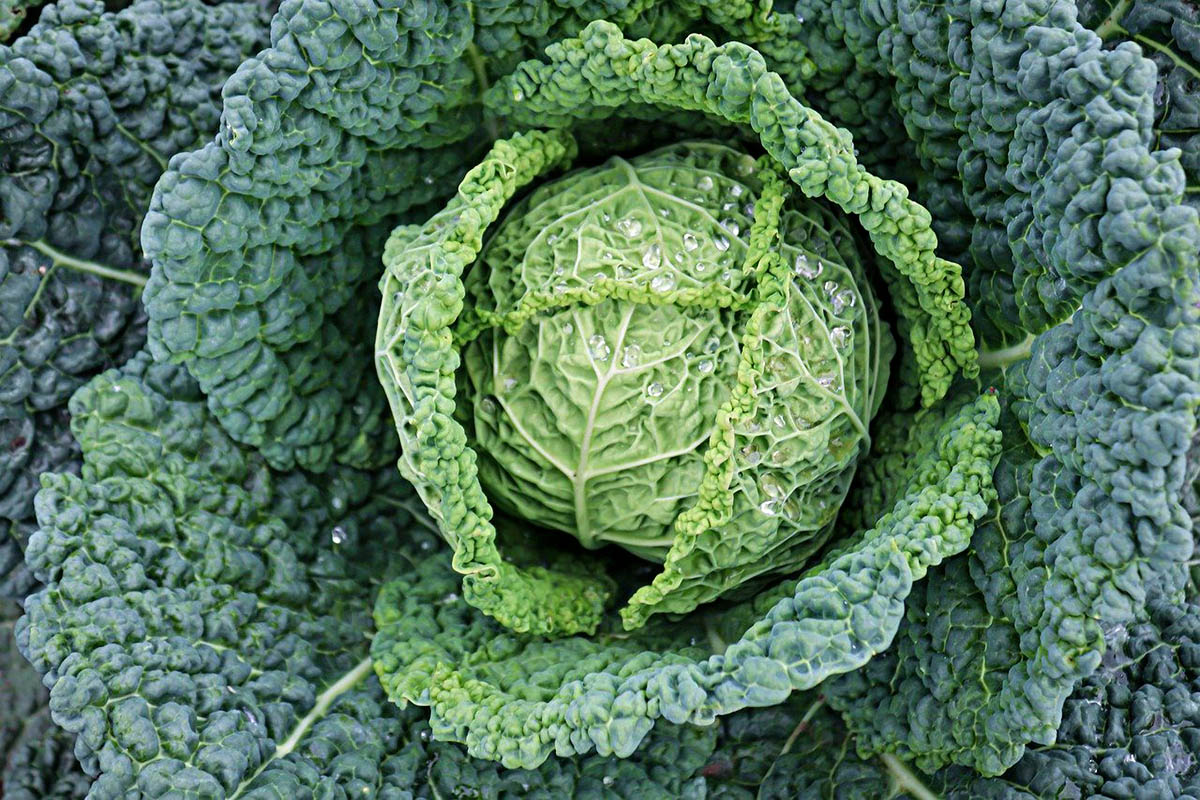

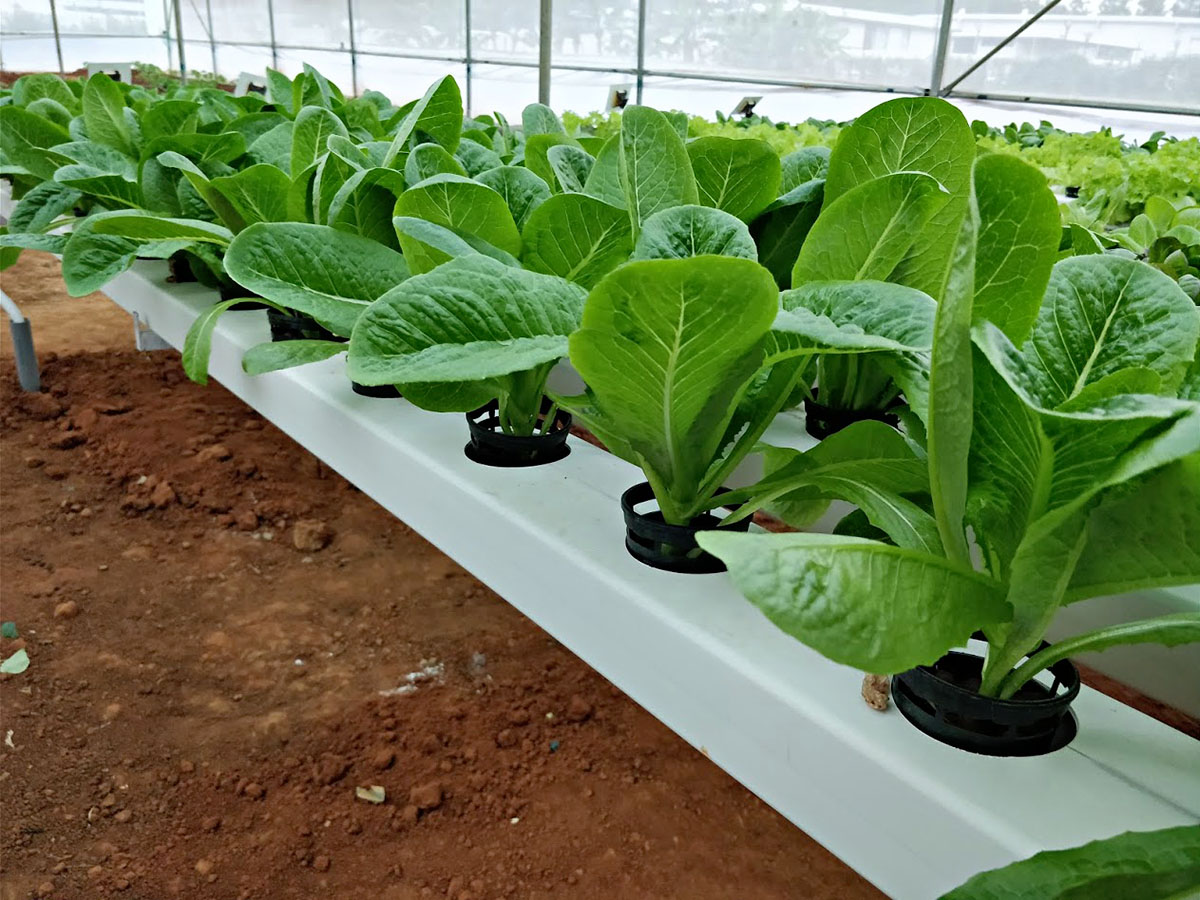
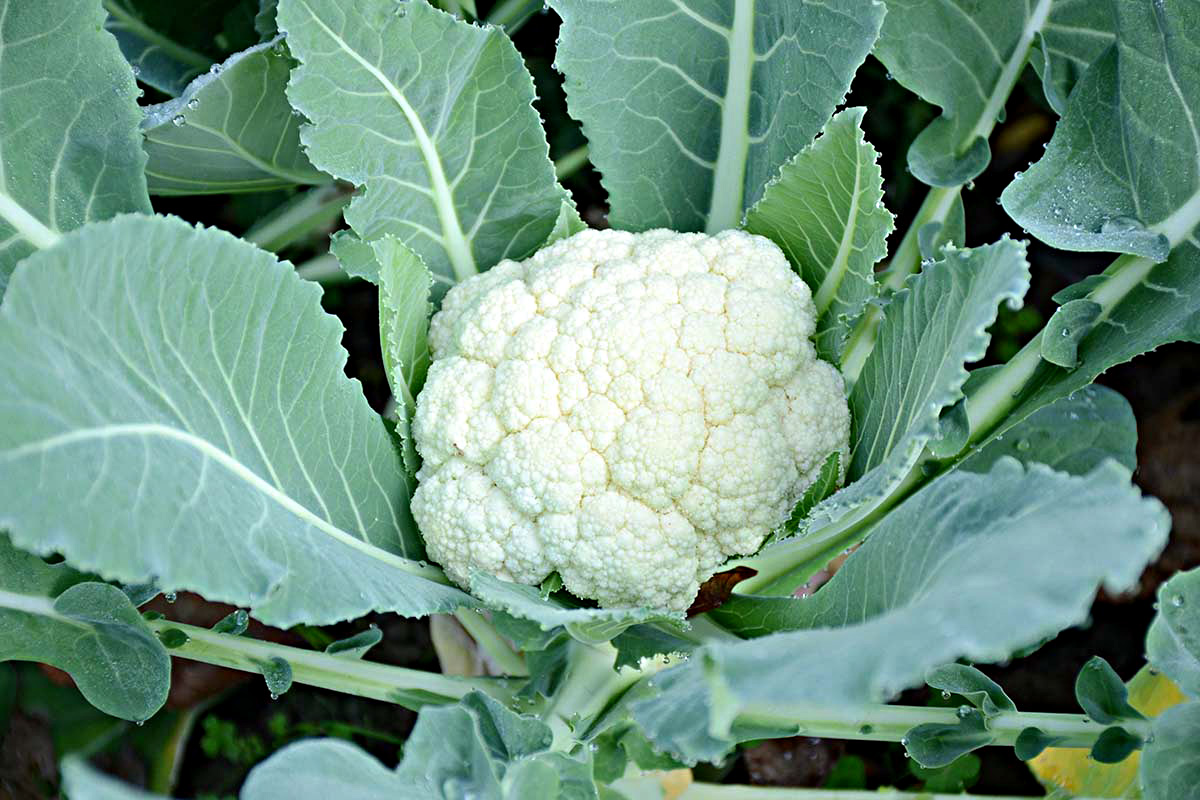
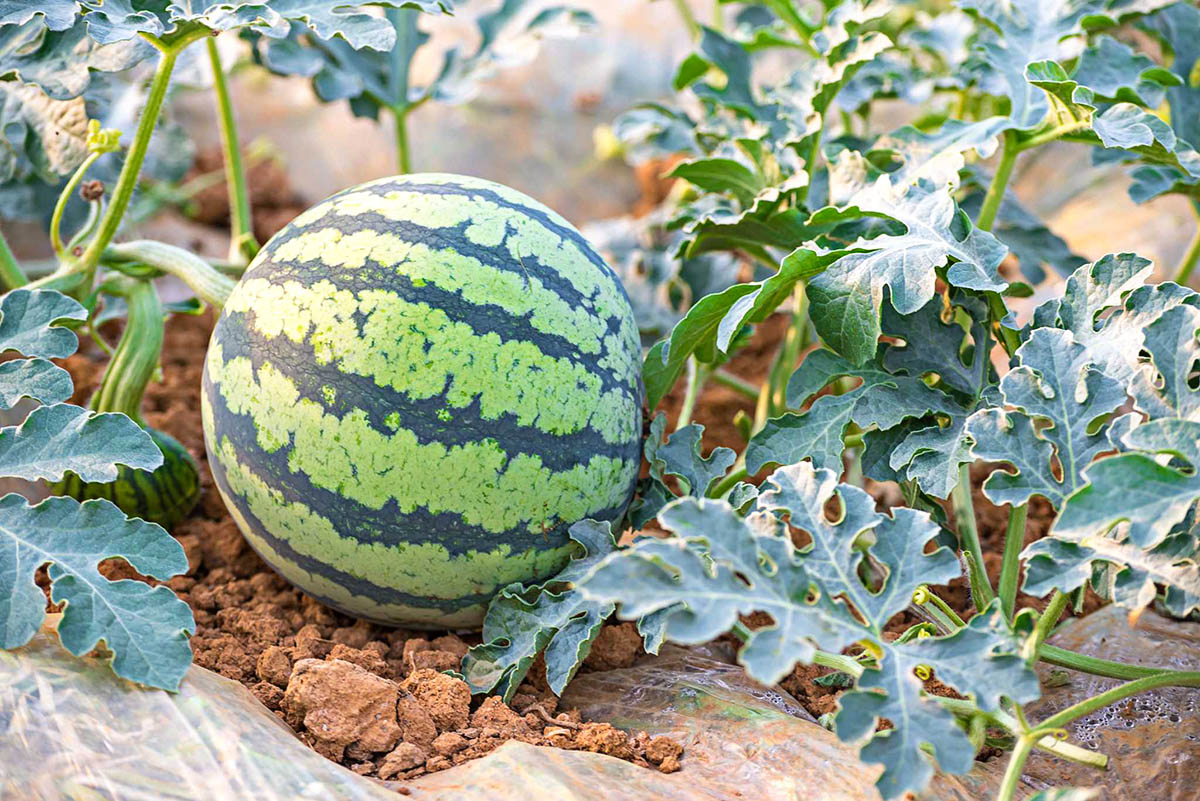
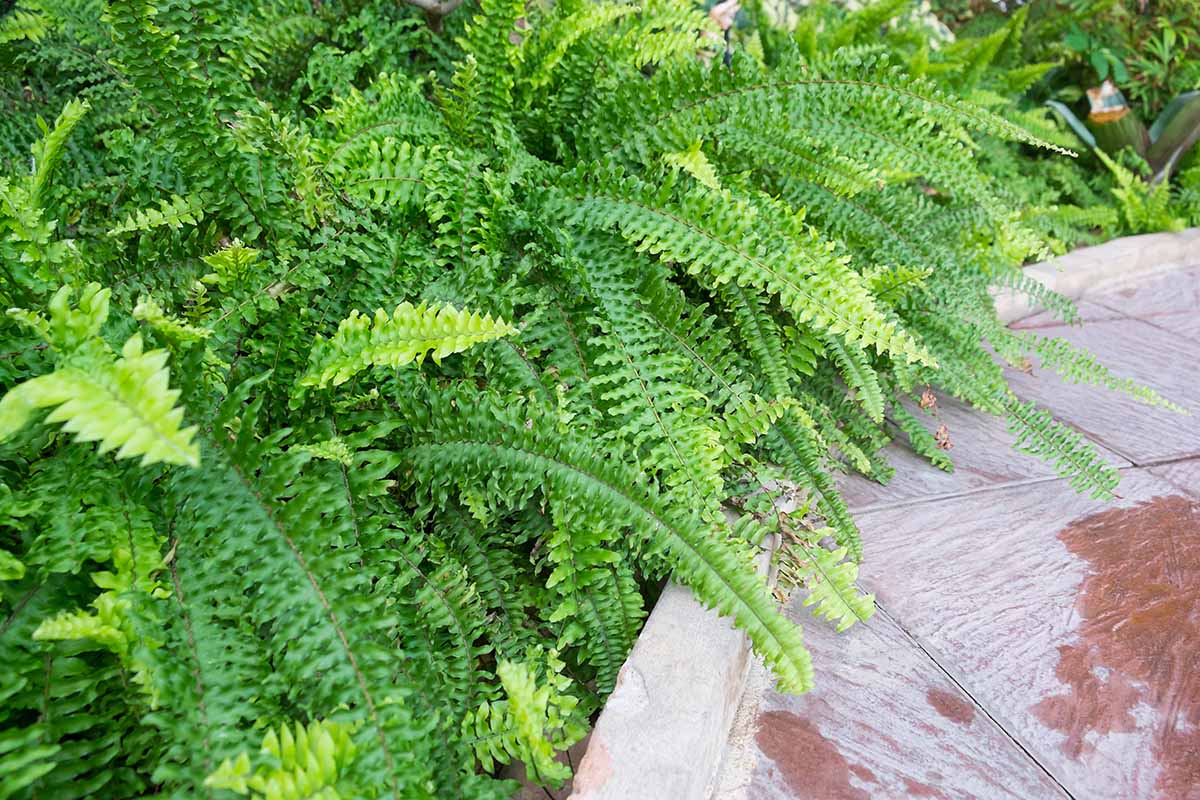
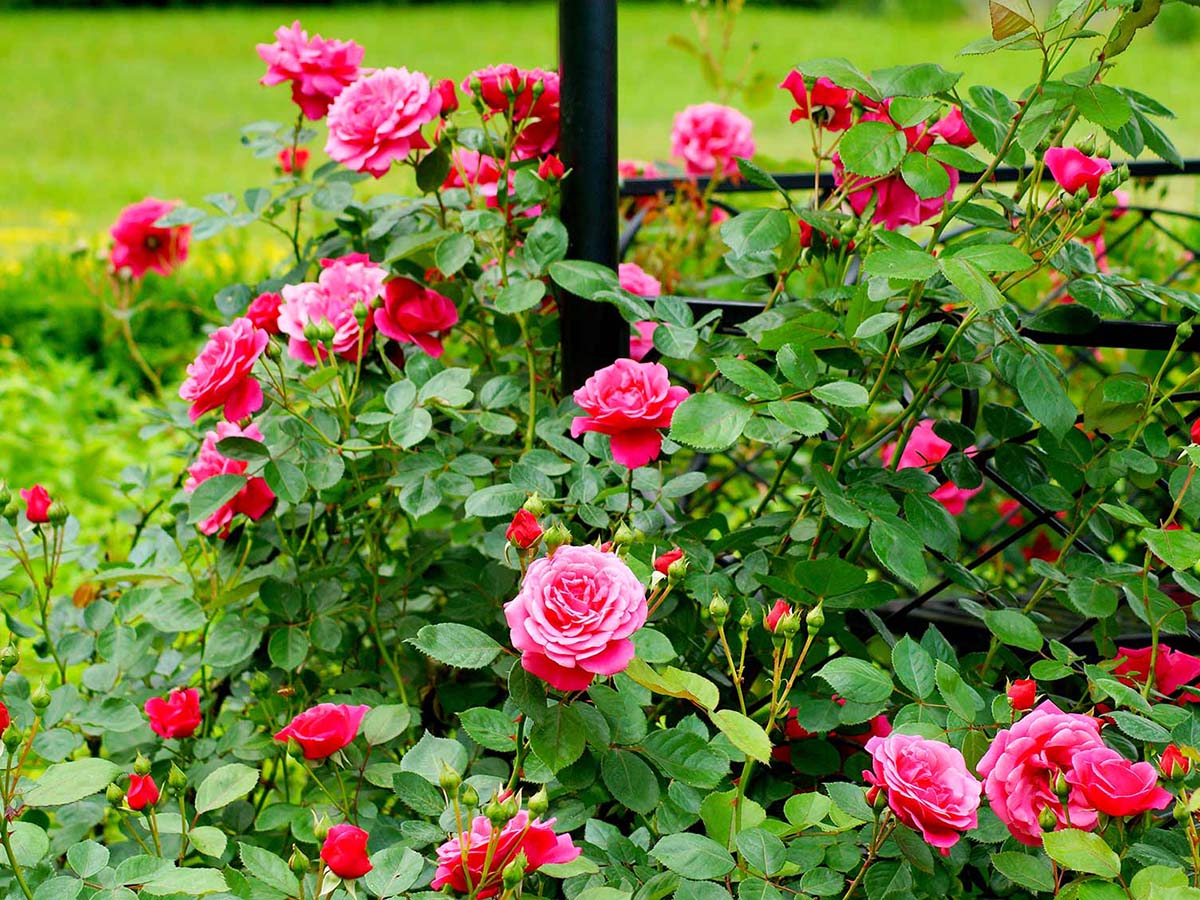
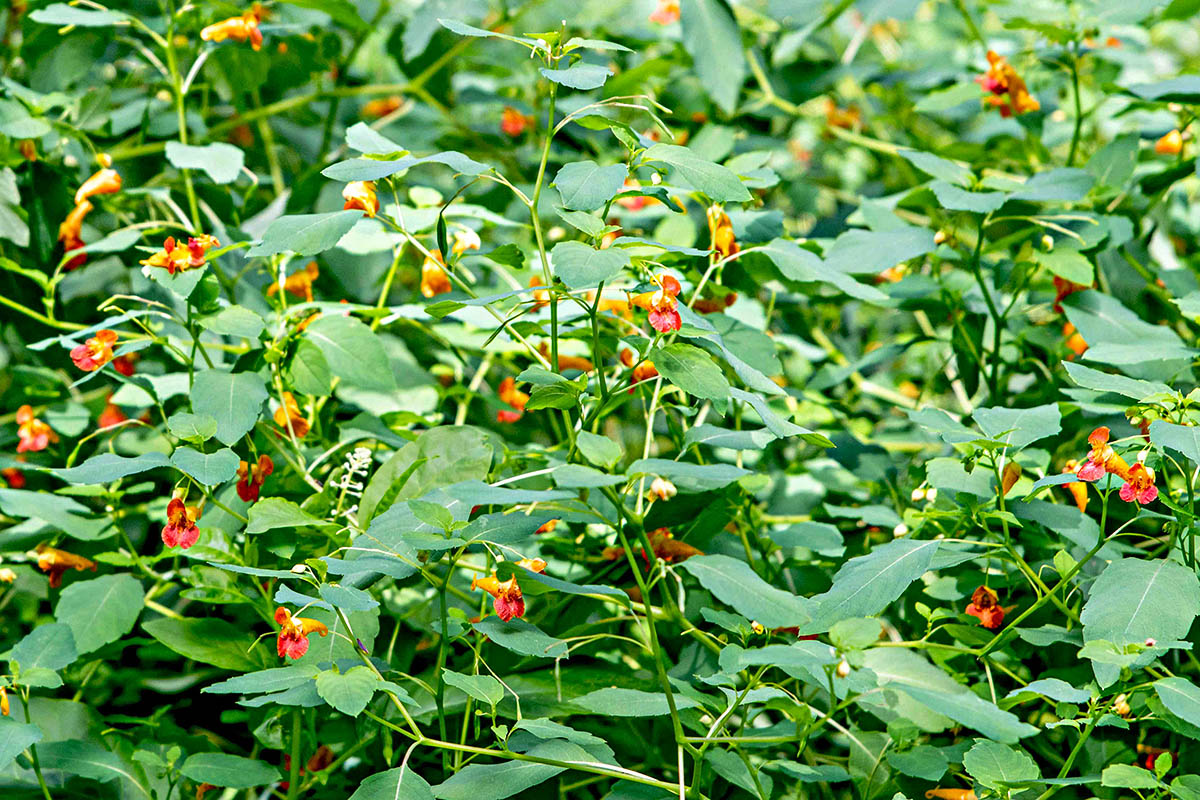
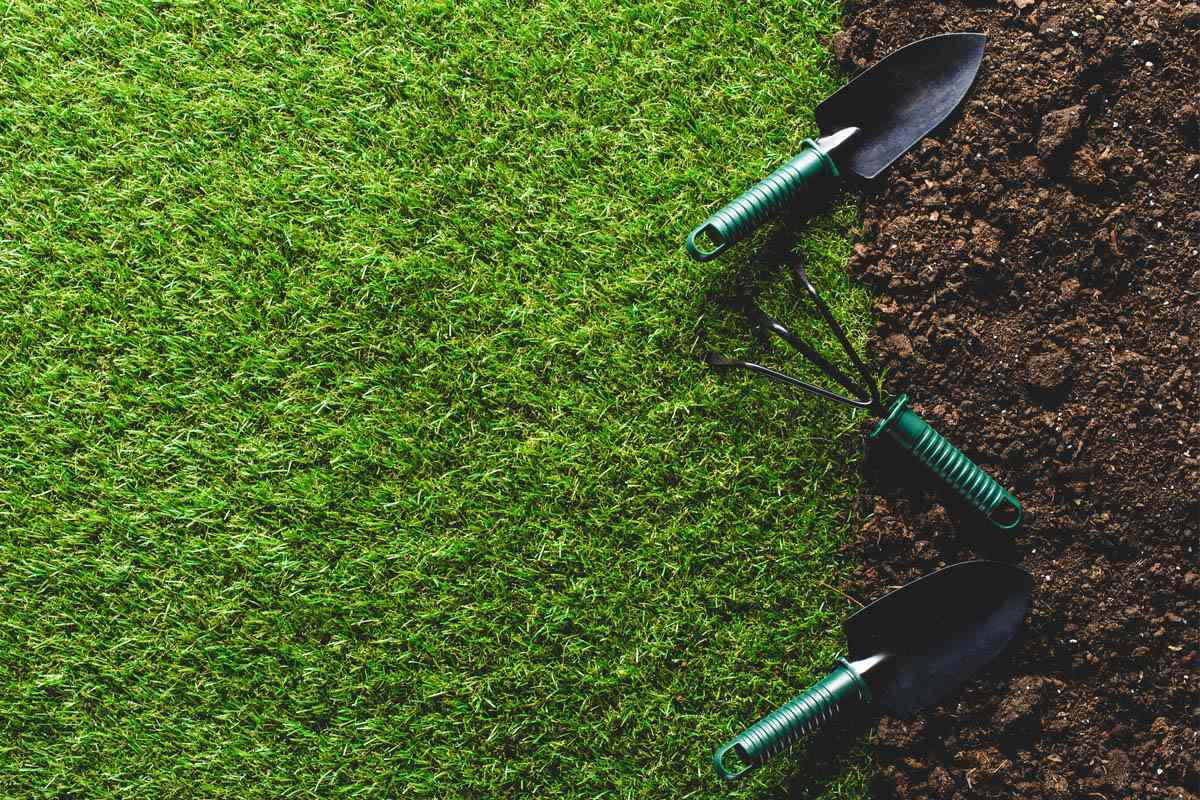
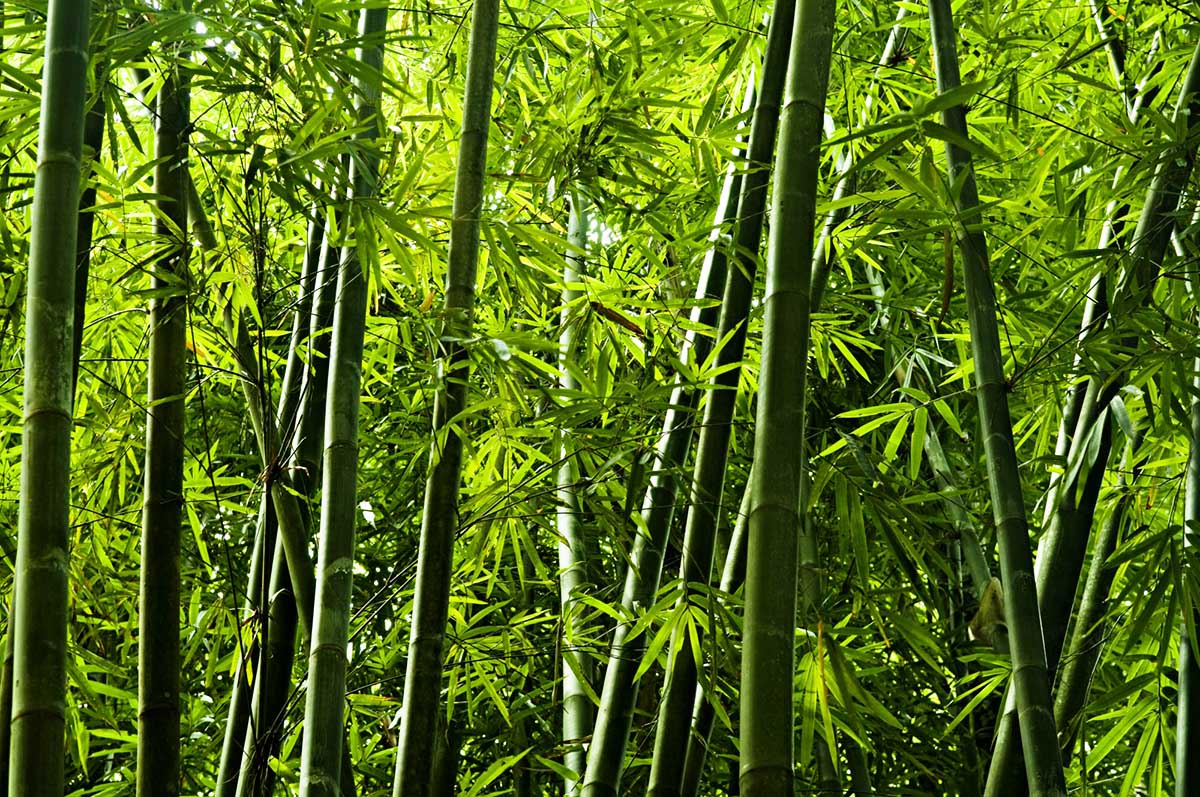
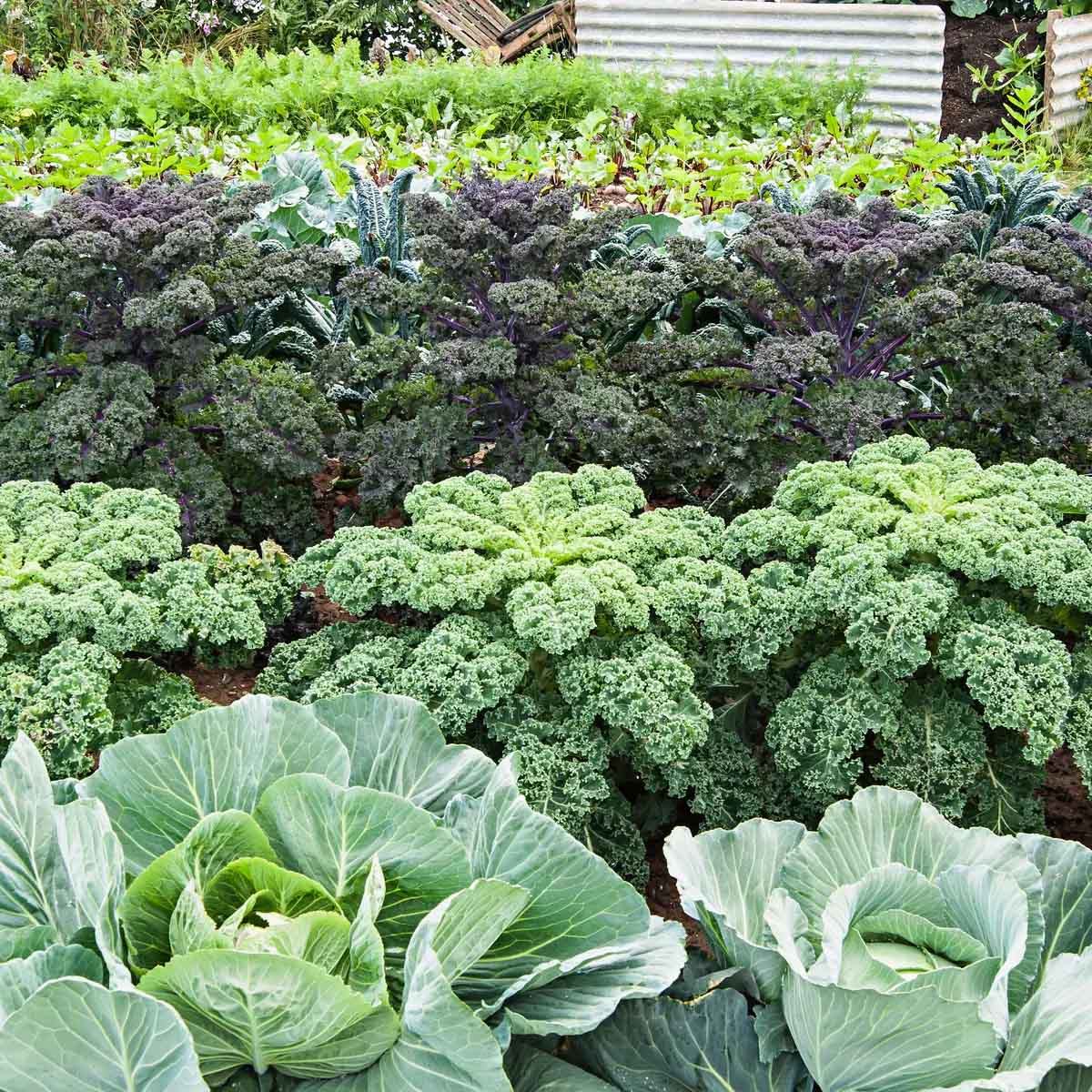
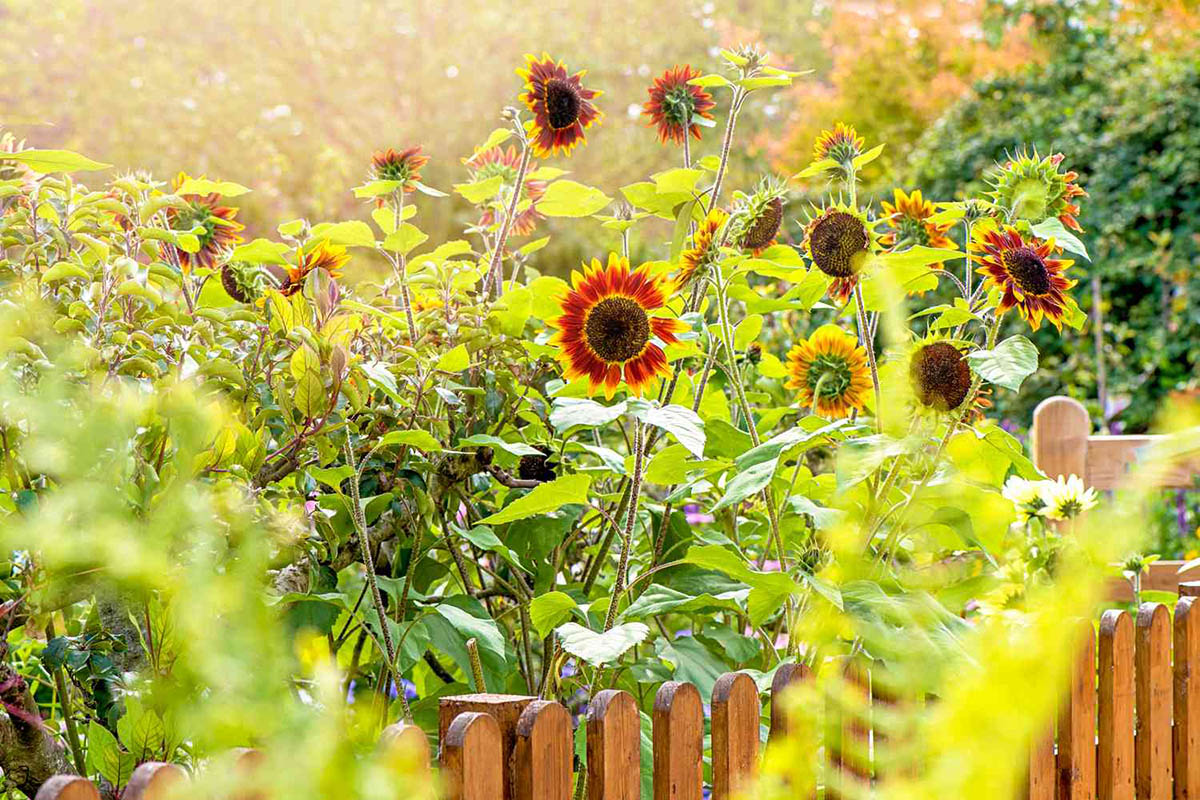
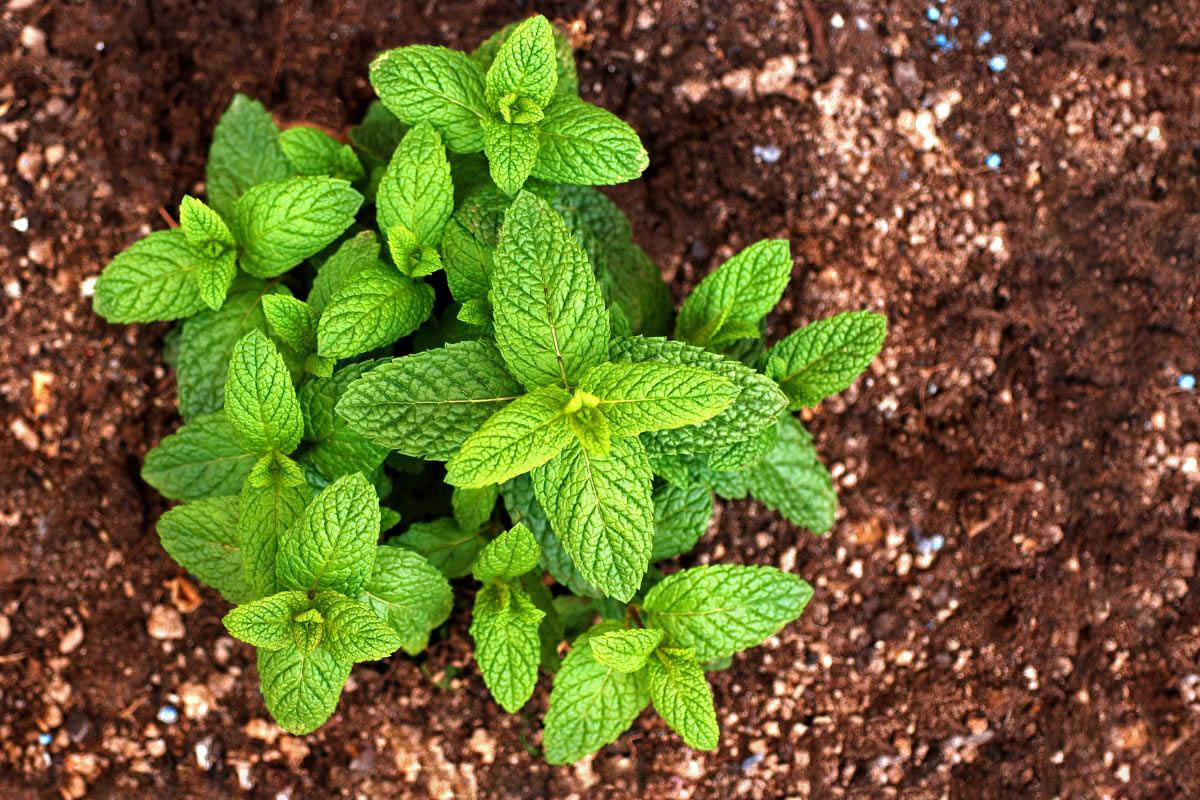
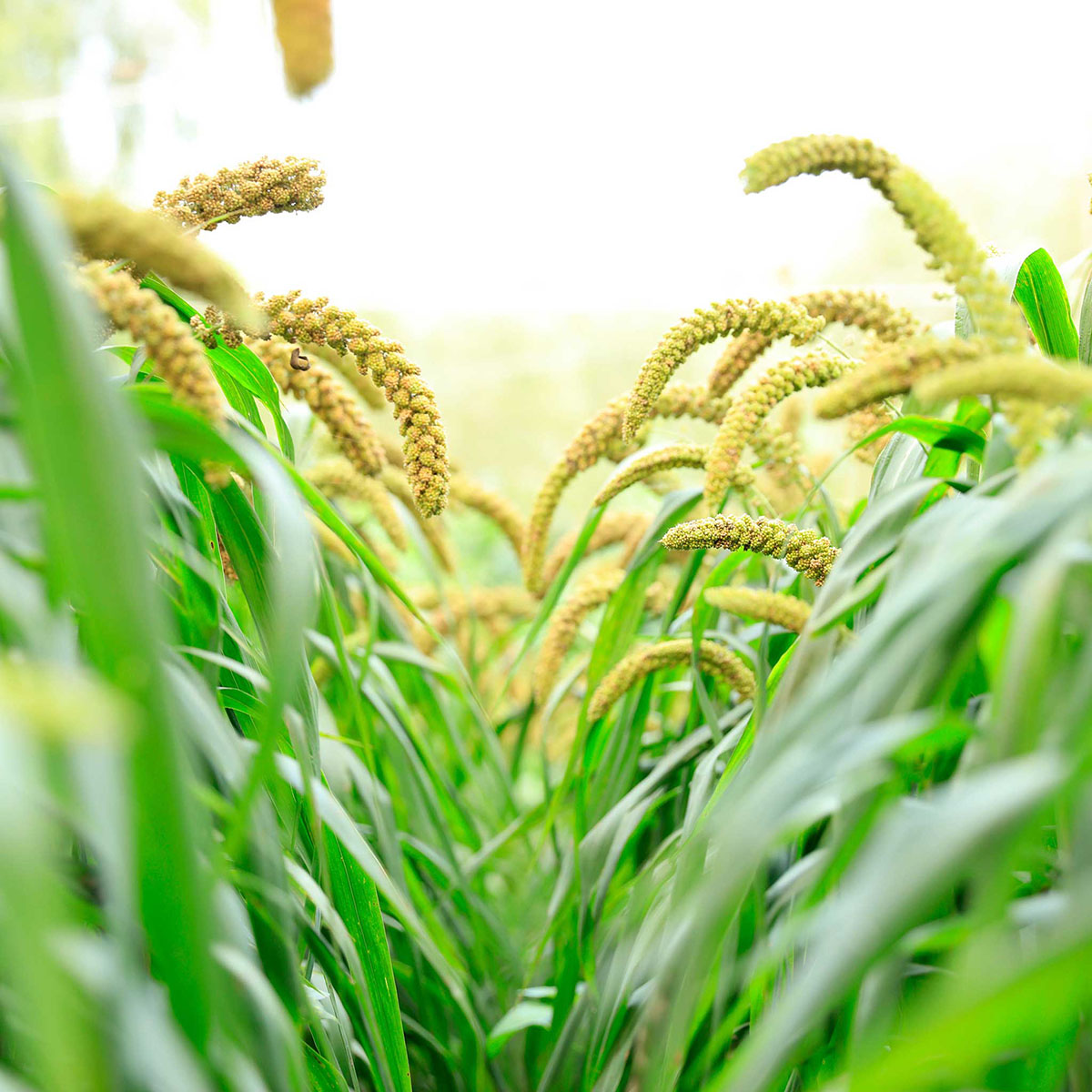

0 thoughts on “How Long Does It Take For Native Grasses To Germinate”